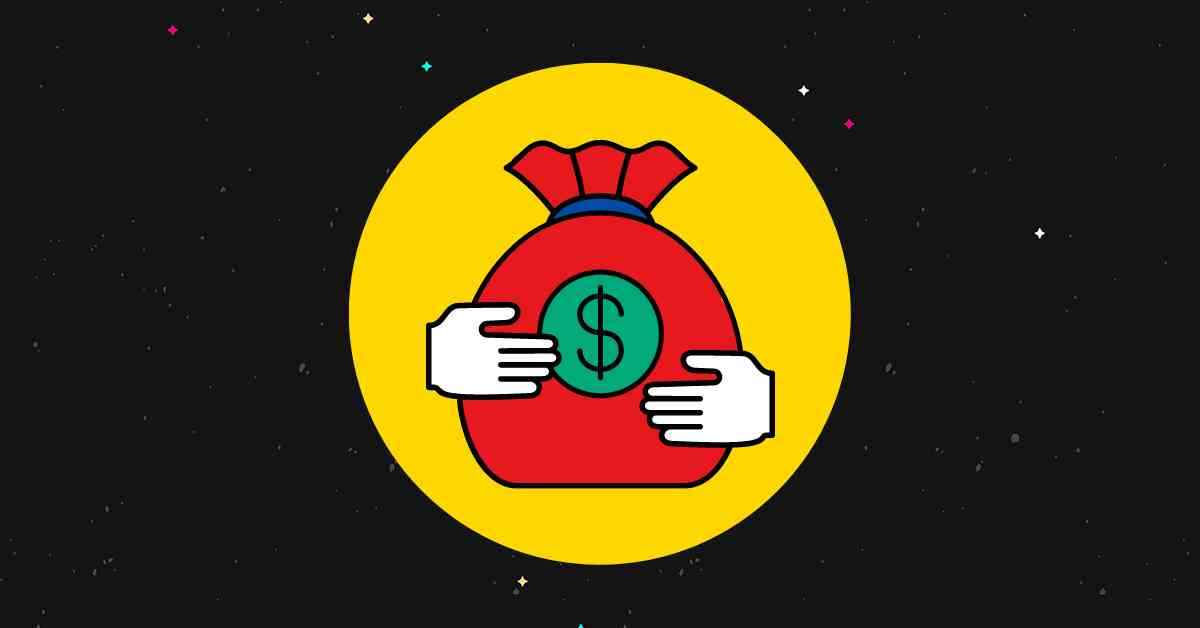YouTube sponsorships are a key source of revenue for many YouTubers, offering more money than ads and being unaffected by demonetization. These collaborations allow brands to reach their target markets through the channels of popular creators. There are different types of YouTube sponsorships, including product reviews, sponsor spots, affiliate sponsorships, sponsored videos, and sponsored partnerships.
To be eligible for sponsorships, YouTubers do not necessarily need a specific number of subscribers. Sponsors are more interested in the number of views a YouTuber receives, as this indicates the potential reach of their product. Smaller creators can still land sponsorship deals by finding sponsors willing to work with them.
Popular brands that sponsor YouTubers include Squarespace, Skillshare, Dollar Shave Club, G FUEL, NordVPN, and BetterHelp. These brands have seen success by collaborating with YouTubers to promote their products. Sponsorship rates vary depending on factors like views and engagement, with some sponsors paying based on 1,000 views.
To increase your chances of getting sponsored on YouTube, it is important to find your audience, become a YouTube partner, boost views and engagements, become an affiliate marketer, and showcase your channel’s performance to potential sponsors. Creating a “sponsor me” media kit, reaching out to brands directly, and joining influencer marketing platforms are additional strategies to secure sponsorship deals.
YouTube sponsorships are a valuable revenue stream for YouTubers, but they should not be the sole focus of your monetization strategy. Consider alternative sources of income such as affiliate marketing, ads, channel memberships, livestream donations, and selling your own products. By diversifying your revenue streams, you can build a sustainable income from your YouTube channel.









